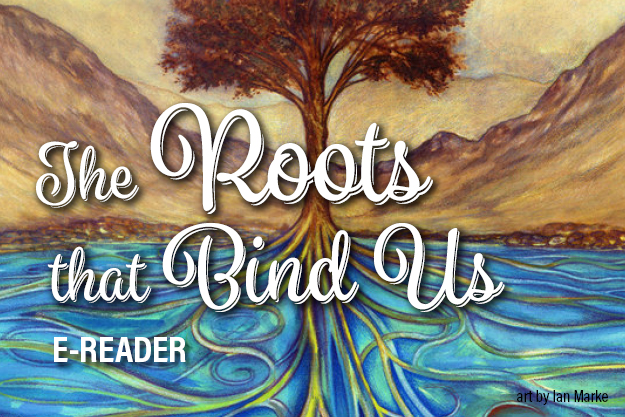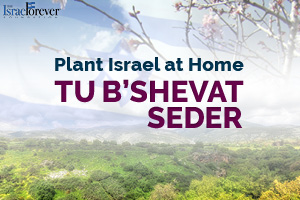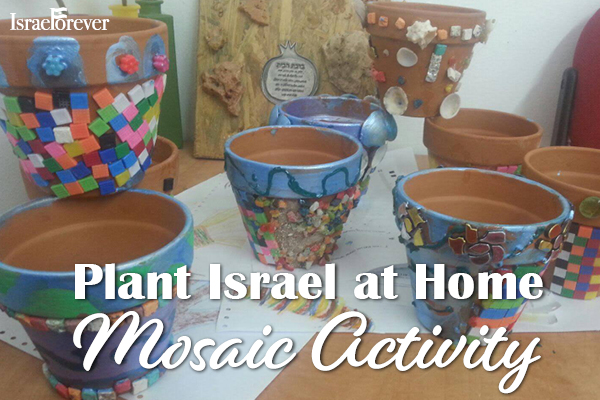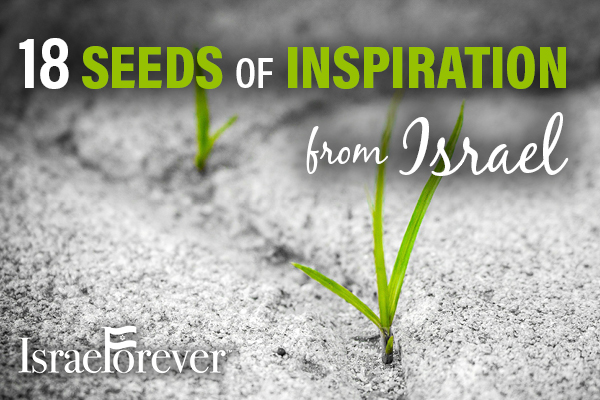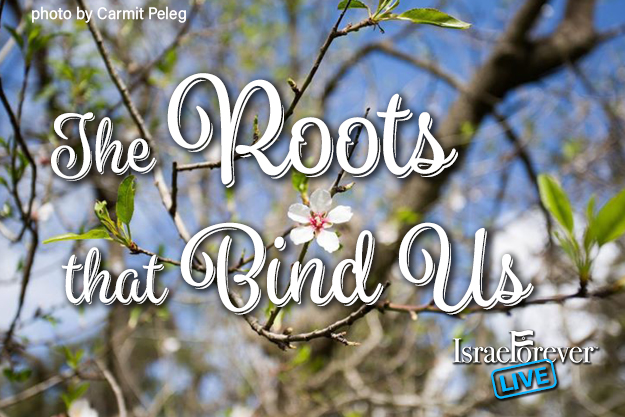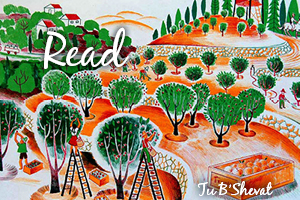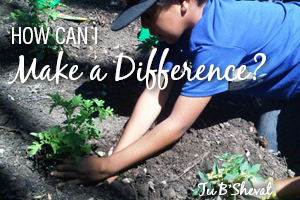TU B'SHEVAT
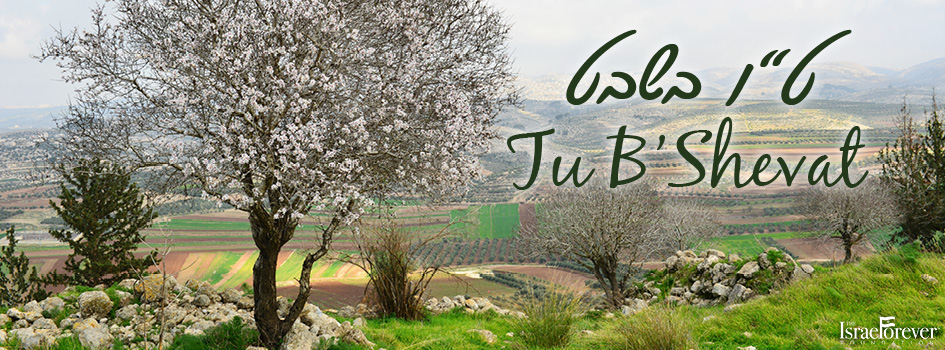
Tu B’Shevat is a holiday about the land of Israel and our connection to the land. For those of us who do not live in Israel, Tu B’Shevat is an excellent opportunity to find ways to plant Israel at home, in our lives and hearts.
In Jewish tradition, Tu B’Shevat, the New Year of Trees, is celebrated on the 15th (TU=ו”ט) day of the Jewish month of Shevat שבט. This is one of the four New Years mentioned in the Mishnah. Known in Hebrew as “Chag HaIlanot” (Ilan-אילן = tree), we honor this day when budding fruit enters a new year of life and the first blossoms of spring are beginning to bloom on the trees throughout Israel.
The date for Tu B’Shevat has been used since early Temple times to calculate the age of fruit-bearing trees, a measurement essential for the observation of several different arboreal laws:
- Orlah prohibition איסור ערלה, the practice of not eating any of the fruits for the first 3 years of a new tree’s life.
- In the fourth year, the fruits were still considered holy and intended only for use in Temple ceremonies (Leviticus 19:23-25).
- From the fifth year of the tree’s life and onward, the practices of first fruits (bikkurim ביקורים), and tithing (ma’aser מעשר), where part of every year’s crop is donated to the Temple and the needy of the community.
- Tu B’Shevat also allowed for the proper observance of the law of shmitta שמיטה, when the fruit of the land in the seventh year cannot be eaten, used or sold. Knowing which “year” a given fruit belongs to helps ensure that we only eat fruits that are from “older” trees, that did not ripen during a shmitta year.
The fruit of the trees that bloom before Tu B’Shevat are counted toward the previous year, and those budding after Tu B’Shevat are considered the first fruits of the new “tree year”.
These practices are uniquely tied to the land of Israel and highlight the integral connection this land and no other has to Jewish life.

